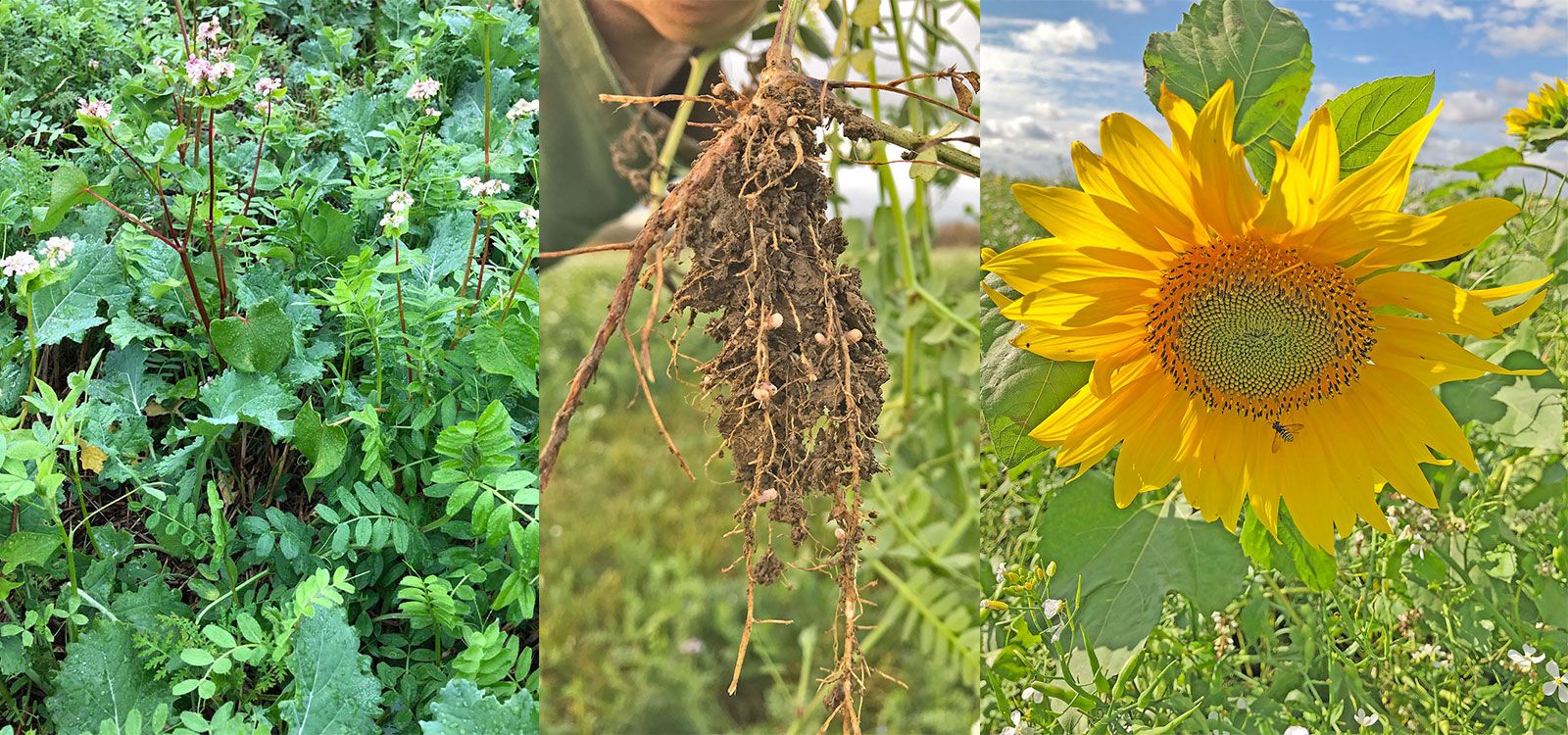Watched a webinar hosted gratefully by Oakbank Seeds with Dr Chistine Jones on Biological pathways to Carbon soil enrichent.
she indicated that crop residues (stubble, straw and above ground debris) contributed only a tiny amount to soil Carbon, with most lost to the atmosphere as CO2. Root exuded Carbon was, in her opinion, far more important.
If I remove cereal straw and sell off farm for animal feed, then plant a 8 way cover crop, am I gaining or losing soil Carbon??
The carbon from the straw has been fixed on my farm but for all eternity will be stored in FYM incorporated on someone elses farm.
she indicated that crop residues (stubble, straw and above ground debris) contributed only a tiny amount to soil Carbon, with most lost to the atmosphere as CO2. Root exuded Carbon was, in her opinion, far more important.
If I remove cereal straw and sell off farm for animal feed, then plant a 8 way cover crop, am I gaining or losing soil Carbon??
The carbon from the straw has been fixed on my farm but for all eternity will be stored in FYM incorporated on someone elses farm.






